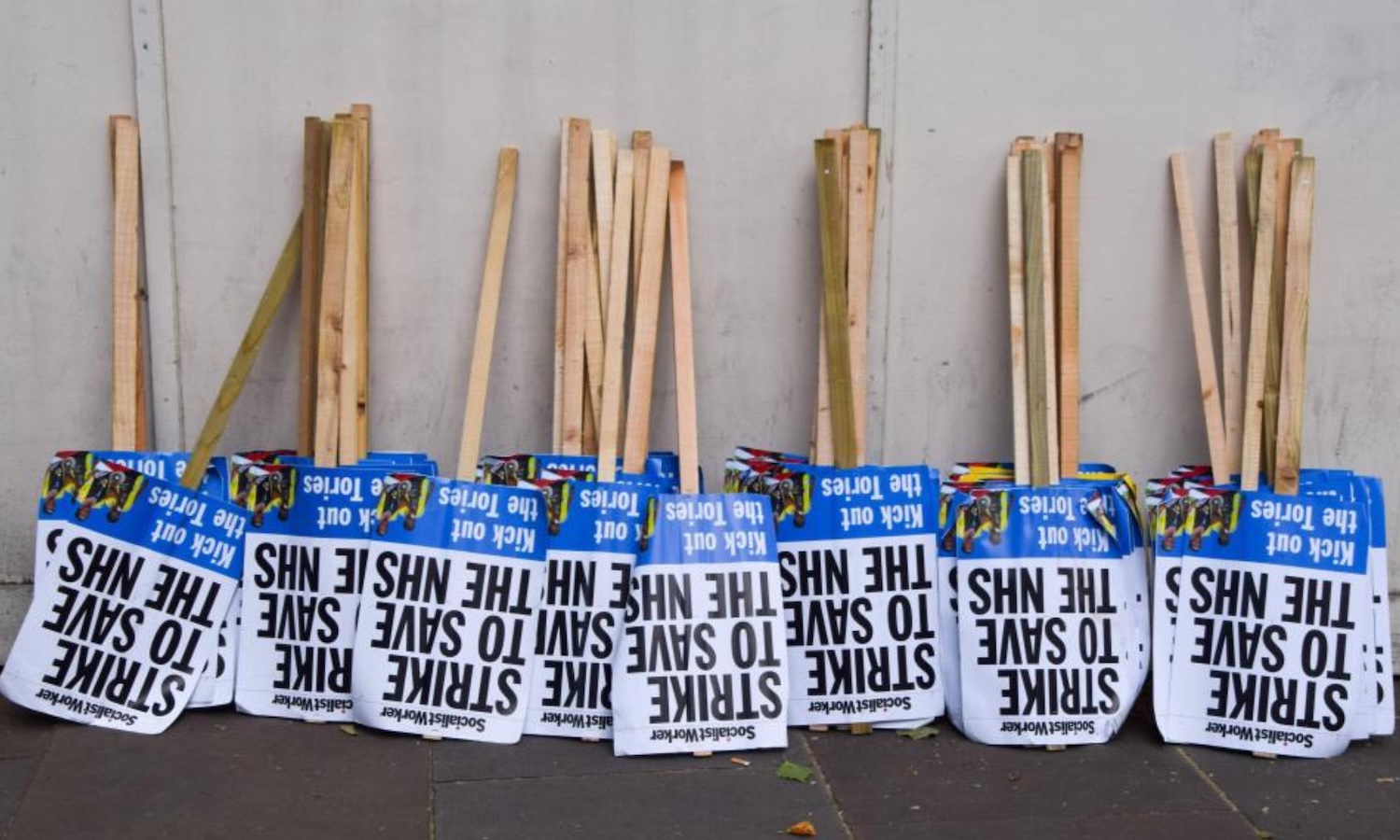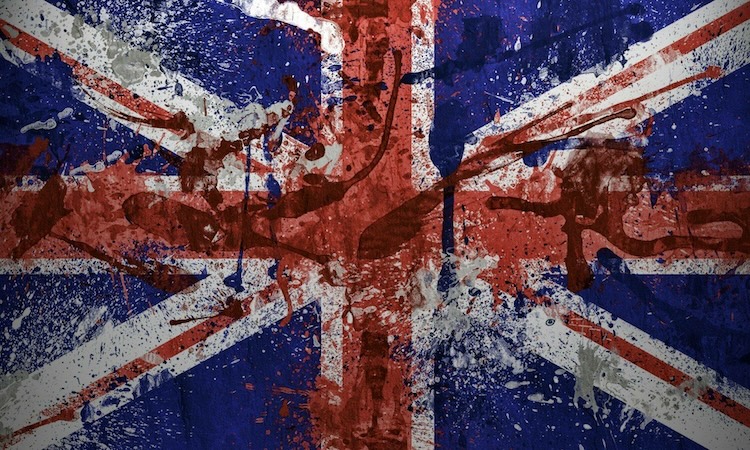On 8 February, the Irish people voted in a general election to determine the composition of the 33rd Dáil Éireann (Ireland’s parliament). In a shock result, more votes were cast for Sinn Féin (SF), traditionally viewed as the party of republican struggle in the north, than for any other party.
Consensus overturned
The result directly challenged the centre-right consensus that has dominated politics in the 26 counties since the 1930s, threatening to end the effective duopoly enjoyed by the rival Fianna Fáil (FF) and Fine Gael (FG) parties.
These two great monoliths, historically on opposing sides of the civil war, in practice have between them stitched up all political life.
Smaller parties like Labour and the Greens are periodically drawn into coalition by one or other of them to make up the numbers and then spat out when no longer needed. In the case of the outgoing minority administration, a coalition headed by Leo Varadkar’s Fine Gael was buttressed by independents and by a loose deal with Fianna Fáil – an agreement that doubtless contributed in significant measure to the mass rejection of the establishment parties and embrace of Sinn Féin.
February’s election results have called time on such cosy arrangements. SF, the voice of Irish republicanism, stunned everyone (and itself too, it would seem) by polling the highest number of votes of any party.
SF also won 37 seats, which would have placed them neck and neck with FF, were it not for a convention that automatically returns the former speaker, who is FF, making their total up to 38. For FF, this means a loss of six seats from the previous election in 2016, whilst SF’s star is clearly rising.
Damned if they do, damned if they don’t
The Irish bourgeoisie is really on the horns of a dilemma with this election result, in which it is very hard for them to knock together a stable government, or indeed any government at all, and where a fresh election in the near future would almost certainly serve to further strengthen SF, their greatest enemy, and major source of their nightmare.
Whilst a SF/FG partnership in government was never a serious proposition, it is at least arguable that there could be some sort of a basis for a government that included FF and SF. Be that as it may, FF has now reiterated (after slight signs of a wobble) its pre-election pledge not to go into government with SF.
Historically, smaller parties in Ireland have been punished for their role as coalition partners, and some might say there would be a far-sighted bourgeois view of getting SF into government, taming them and discrediting them.
However, SF is neither the Labour party nor the Greens. Whereas previous coalition partners had very much been the little brother to be kicked around, this is hardly the case with SF this time, which polled the highest number of votes of any party and has just one TD less than FF.
In fact, Sinn Féin would have had the largest number of TDs but for the fact that it ran a very limited slate of candidates. The reason for this was that neither SF nor anyone else foresaw the dramatic increase in their support.
After a poor run of elections over the last few years, SF ran a small slate of candidates because, if your vote is low, with multimember constituencies elected by proportional representation, you risk not getting anyone elected if your first preference votes are divided on a low base of support.
Sinn Féin is highly unlikely to repeat that mistake in the event of there being another election in the fairly near future.
So, Fianna Fáil has ruled out going into government with Sinn Féin. For its part, SF has made efforts to broker a “government of the left”. The Greens won 12 seats, independents won 21, three small left-wing parties won another 17 and Labour scraped in with a paltry six, which in theory means that there could be the arithmetical basis for a Sinn Féin-led coalition (80 seats would be required to secure a majority government, there being a total of 160 seats in the parliament).
But the Labour party has already thrown its toys out of the pram and decided to take its six TDs and 4 percent of the vote share home to the sanatorium, and other seat-holders are at present a little slow to adjust to the dominant role SF has carved for itself, such is the breathtaking speed of political change.
That leaves the prospect of other parties forming a government without Sinn Féin. The only possibility here has to be centred around some sort of coalition or otherwise a looser form of agreement between Fianna Fáil and Fine Gael.
The problem here is that the surge in support for SF rests precisely on the rejection of this reactionary duopoly, which has dominated the politics of Ireland since the inception of the Free State, and of the way working people have been made to pay for the capitalist economic crisis by both parties.
A deal between FF/FG would be rightly seen therefore as an establishment stitch-up, and serve to underline the fact that SF is the only alternative. Moreover, and whilst this being bourgeois politics it’s not the final word, outgoing Taoiseach (prime minister) Leo Varadkar has said that he envisages being leader of the opposition in the next Dáil, indicating that FG is not anxious to rush into government with FF.
Even if FF and FG do come to a deal, they don’t have enough seats between them to form a majority government. There are indications that the Greens might agree to play little brother again, which would give the required numbers.
The Greens have recently held talks with SF, FF and FG, and are very much keeping their options open. Perhaps they are forgetting that their reward for joining a previous FF government was to lose all their seats at the next election.
A vote for social change
In this election, the Green party increased its seats and the Trotskyite Solidarity/People Before Profit held onto its seats also, largely as a result of transfers from SF – due, as already noted, to SF running a comparatively small number of candidates.
This indicates that the Sinn Féin vote was not simply nationalist (which would have more likely resulted in transfers to Fianna Fáil) but consciously pro-working class, anti-austerity and progressive (eg, on climate change), irrespective of the merits (or lack of them) of the parties who’ve benefited this time.
It is clear that Sinn Féin’s electoral message of a change to the established order and its anti-austerity programme resonated deeply with the electorate. If the party stands a fuller slate of candidates in another election soon, both the Greens and Trots can expect to take a hit.
The Irish bourgeoisie is wary of resorting to a ‘grand coalition’ – ie, an open partnership of the two halves of the duopoly, FF and FG – which would too brazenly display the identity of class interests underpinning Ireland’s Tweedledum and Tweedledee.
For this reason, there are increasing noises in both FF and FG against the idea of such a lash-up. Bertie Ahern (former FF Taoiseach) has said a partnership between the parties would only strengthen the ‘left’, arguing that any coalition, besides the Greens, should also include the Social Democrats and some of the rural independents – to try and make it look less like an establishment fix.
Whichever way a new administration is cobbled together, it will be clear to all that henceforth any manoeuvre that persists in excluding the voice of popular republicanism from power can only be a temporary delaying tactic.
When the next election looms, it is highly likely that with the combination of Sinn Féin fielding a much larger slate of candidates, the political education provided to the electorate by the unseemly manoeuvring of Fianna Fáil, Fine Gael and others as they attempt to keep SF out of power, and the simple realisation that Sinn Féin really could win an outright majority, the republicans can and would win a substantially greater number of seats.
This could then quite possibly allow them to command a less disparate coalition than any they might try to put together this time and in a more hegemonic and authoritative fashion.
Either way, bourgeois politics in Ireland faces its biggest shake-up since the end of the civil war, and the prospects for Irish reunification just took another great leap forward.














